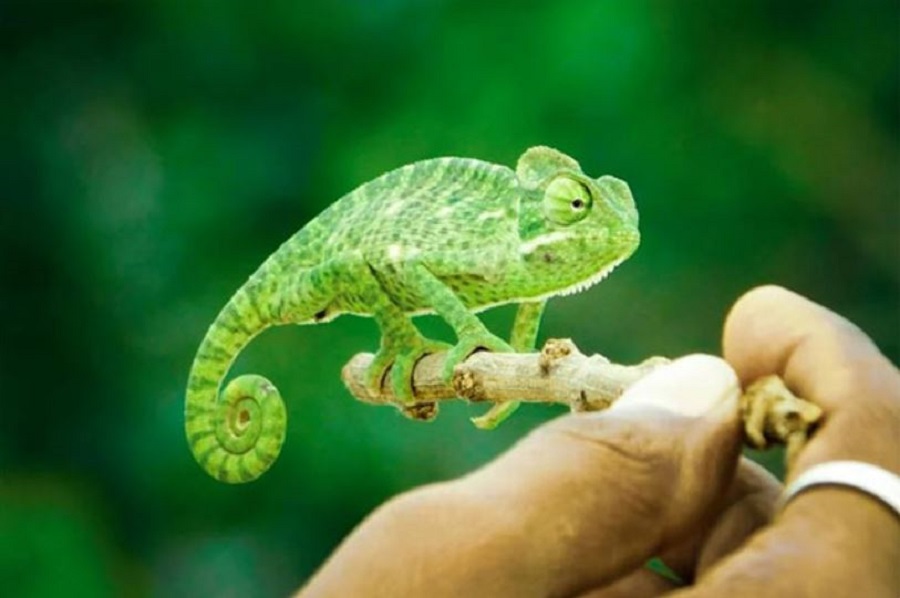New multicolor 3D printing technology is inspired by chameleons
Researchers created a sustainable approach for 3D-printing various, dynamic colours from a single ink, inspired by chameleons' colour-changing abilities. Read further on Dynamite News:

Los Angeles: Researchers created a sustainable approach for 3D-printing various, dynamic colours from a single ink, inspired by chameleons' colour-changing abilities.
"By designing new chemistries and printing processes, we can modulate structural colour on the fly to produce colour gradients not possible before," said Ying Diao, an associate professor of chemistry and chemical and biomolecular engineering at the University of Illinois Urbana-Champaign and a researcher at the Beckman Institute for Advanced Science and Technology.
The proceedings of the study were published in the journal PNAS.
Read This Also: ISRO launches weather monitoring satellite INSAT-3DS
Also Read |
Technology: Google says it sent fewer phishing warnings in 2019
"This work is a great illustration of the power of collaboration," said coauthor Damien Guironnet, an associate professor of chemical and biomolecular engineering.
In this study, Diao and her colleagues presented a UV-assisted direct-ink-write 3D printing approach capable of altering structural colour during the printing process by tuning light to control the evaporative assembly of specially designed crosslinking polymers.
"Unlike traditional colours which come from chemical pigments or dyes that absorb light, the structural colours abundant in many biological systems come from nano-textured surfaces that interfere with visible light.
This makes them more vibrant and potentially more sustainable," said Sanghyun Jeon, the lead author and a graduate student in the Diao Lab.
Read This Also: School uniform policies linked to students getting less exercise
It was found that structural colours can be produced in the visible wavelength spectrum from deep blue to orange. While an artist might use many different paints to achieve this colour gradient, the research team uses a single ink and modifies how it is printed to create the colour gradient.
"The work shows the benefit of us all having learned from each other by sharing our successes and challenges," said coauthor Simon Rogers, an associate professor of chemical and biomolecular engineering.
"Only by working together can we design this system at the molecular level to yield such fascinating properties," said coauthor Charles Sing, an associate professor of chemical and biomolecular engineering and materials science and engineering. (ANI)
 Dynamite News
Dynamite News 